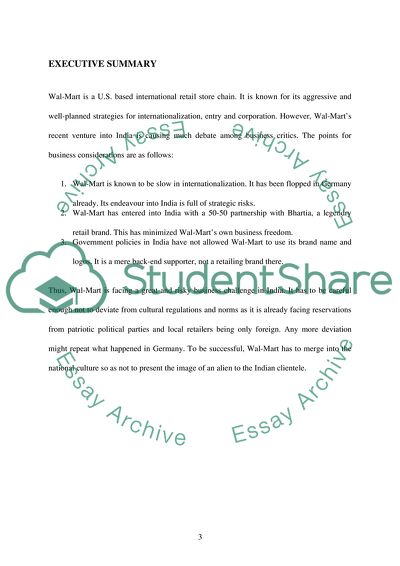Cite this document
(International Business Strategy: Wal-Mart in India Case Study - 2, n.d.)
International Business Strategy: Wal-Mart in India Case Study - 2. https://studentshare.org/marketing/1749396-international-business-strategy
International Business Strategy: Wal-Mart in India Case Study - 2. https://studentshare.org/marketing/1749396-international-business-strategy
(International Business Strategy: Wal-Mart in India Case Study - 2)
International Business Strategy: Wal-Mart in India Case Study - 2. https://studentshare.org/marketing/1749396-international-business-strategy.
International Business Strategy: Wal-Mart in India Case Study - 2. https://studentshare.org/marketing/1749396-international-business-strategy.
“International Business Strategy: Wal-Mart in India Case Study - 2”. https://studentshare.org/marketing/1749396-international-business-strategy.


